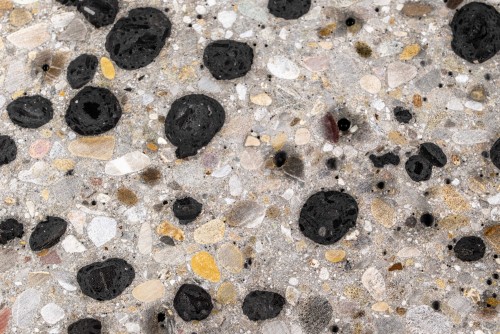Using the light from 67 extremely distant quasars, astronomers have calculated that cosmic dawn, the period in which the first stars began to form, ended 1.1 billion years after the big bang
Space
7 June 2022
Illustration of a quasar in deep space Copyright (c) 2015 IgorZh/Shutterstock
We now know when cosmic dawn ended. For a period of roughly 100 million years in the early universe, starting about 380,000 years after the big bang, the cosmos was completely dark. Then, stars and galaxies began to form, emitting light and ionising the intergalactic hydrogen gas in a process called reionisation, or cosmic dawn. It ended, with all of the hydrogen ionised, 1.1 billion years after the big bang.
Sarah Bosman at the Max Planck Institute for Astronomy in Germany calculated this date using the light from 67 quasars – extremely bright objects powered by supermassive black holes. The quasars were observed using the Very Large Telescope in Chile and the W. M. Keck Observatory in Hawaii, and all of them are far enough away that we know they must have formed within about 1 billion years of the big bang.
As the light from the quasars travelled towards Earth, different wavelengths would have been absorbed by neutral hydrogen and ionised hydrogen. Taking into account the universe’s constant expansion, Bosman and her team analysed the dark absorption lines in the light’s spectrum to determine when it stopped travelling through neutral hydrogen and started encountering only ionised hydrogen in the space between galaxies instead.
“Reionisation has this bubble-like structure where galaxies clear out these big bubbles around themselves”, says Bosman. Reionisation isn’t complete until all of those bubbles merge and the hydrogen gas is ionised across the sky, at the locations of all of the quasars. “We can tell it’s the end of reionisation when all the quasars agree – it’s ionised everywhere.”
The date they found was 1.1 billion years after the big bang, which is 200 million years later than previous estimates. That means that the first generation of stars and galaxies, which drove reionisation, may be closer and therefore easier to observe than cosmologists thought.
“The history of the universe has gone through many phases between the big bang and now, and now we’re really starting to trace all these phases,” says Bosman. “The next step is to go to earlier times and link the reionisation information to the galaxies that are causing it, so we can really see the galaxies destroy the gas.”
Journal reference: Monthly Notices of the Royal Astronomical Society, in press
Sign up to our free Launchpad newsletter for a voyage across the galaxy and beyond, every Friday
Article amended on 7 June 2022
We clarified the timing of the end of cosmic dawn in the subheading
More on these topics:



























































